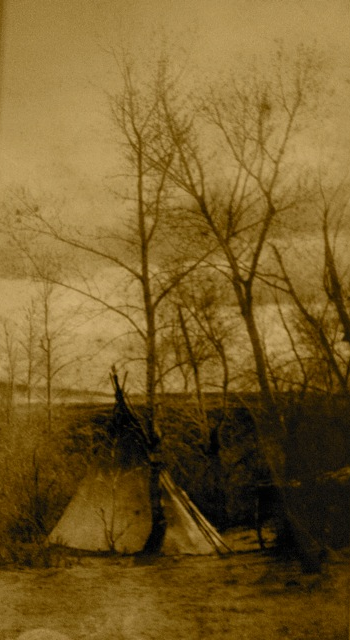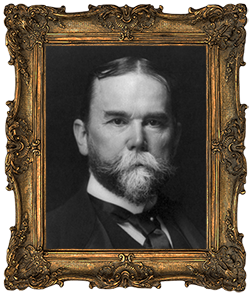Native American Heritage in Washington County
 The photo taken by Thomas “Toot” Tatlock in the mid 1950’s is believed to be the last teepee in Washington County. It was located north of West Point.November is Native American Heritage Month. This month was established to honor and recognize Native Americans as the first people of this nation and to celebrate both their cultural heritage and integral importance to our past, our present, and our future.
The photo taken by Thomas “Toot” Tatlock in the mid 1950’s is believed to be the last teepee in Washington County. It was located north of West Point.November is Native American Heritage Month. This month was established to honor and recognize Native Americans as the first people of this nation and to celebrate both their cultural heritage and integral importance to our past, our present, and our future.
In 2009, President Barack Obama signed “The Native American Heritage Day Resolution,” designating the Friday after Thanksgiving as “Native American Heritage Day.” The bill did not go without controversy and was not accepted by all of the federally recognized native tribes.
A member of the Chickasaw Nation explains their viewpoint: “As a Native American, I feel slighted. The day after Thanksgiving is one of the most irrelevant days of the year. Most people are off work, families travel, and there is very little in the news cycle. What is the day after Thanksgiving known as in America? Black Friday—not Native American Heritage Day. It is a day when the American consumer plots out the best bargains at the best retailers at the best times to contribute to the American GDP. Not a word or mention in the mainstream media about Native American Heritage Day, just videos of adults fist fighting at 4:00 in the morning in stores over the last trendy toy in stock for this year's Season of Giving. Are we Native Americans the Forgotten America? Voices Unheard. When a national civil holiday occurs that hardly anyone knows about...I begin to wonder.”
The Washington County Historical Society and The John Hay Center would like to recognize and honor our county’s first American inhabitants, from the prehistoric tribes, to the powerful Miami Nation, and up through the refugee tribes residing here at the time of our pioneer settlement, like the Delaware and Shawnee Indians.
We would like to encourage our members, and the general public, to join us in observing and gaining a better awareness for this deserved month of celebration. Their rich, decided, indigenous legacy warrants our attention.
We also would like to invite everyone to stop by the Stevens Museum, to see our impressive display of American Indian artifacts, and perhaps inquire into the American Indian history of the area. We are literally the only location in the world, where you can learn a slight history of our county’s predecessors. Stories about Chief Old Ox, Chief Highland, Chief Killbuck, Chief Four-Toes, “Chief” Delaney and others, you simply cannot find anywhere else.
Please accept our solicitation to garner a better understanding of All the people and times that came before us, leading to where we are today. Just because the stories of the American Indians, African-Americans, and women aren’t as plentiful or well documented, doesn’t lessen their significant historical impact.
Please consider dropping by the John Hay Center for a greater enlightenment into the county of your nativity or residency!


